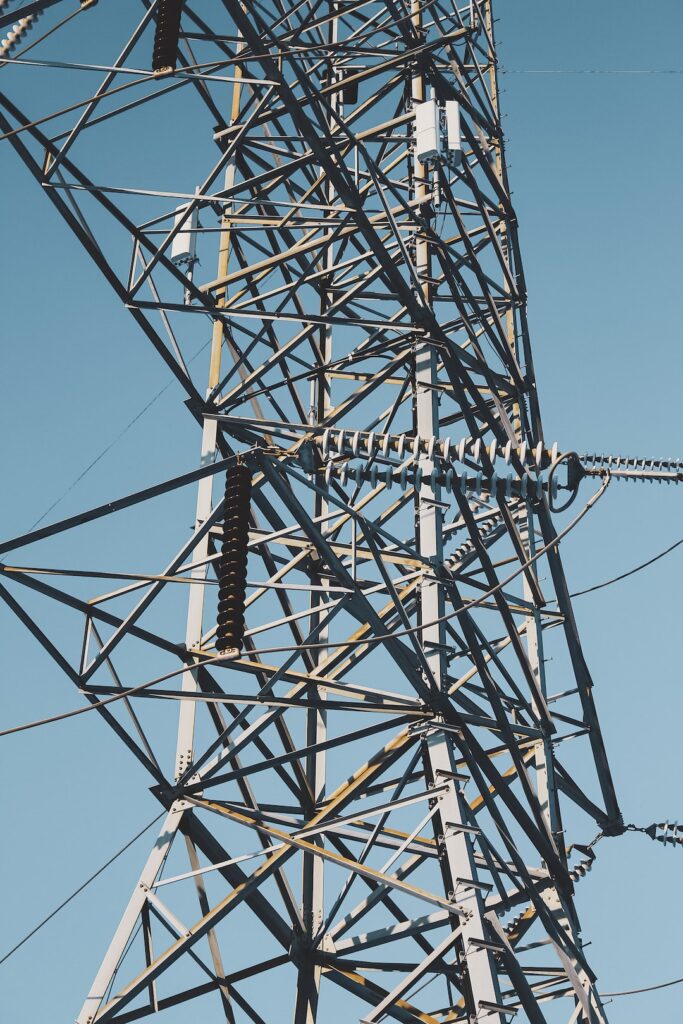Rating Electrical Appliances: Understanding Power and Efficiency
In the realm of electrical engineering and physics, it is essential to understand how electrical appliances are rated, how power consumption is measured, and how efficiency plays a crucial role in determining the performance of these devices.
In this comprehensive discussion, we will explore the concept of rating electrical appliances and present ten critical problems, each followed by a detailed solution.
These problems are designed to test your knowledge of power, electrical ratings, and efficiency, and they are suitable for physics examinations at various levels.
10 Critical Sums are given below:
First, you must solve these problems in your own capacity. Thereafter watch the solution.
Problem 1
Question: A microwave oven has a power rating of 800 watts. How much electrical energy does it consume in 5 minutes of operation?
Solution:
Given:
- Power Rating (P) = 800 watts
- Time (t) = 5 minutes = 300 seconds
To calculate the electrical energy consumed, we use the formula:
Energy (E) = Power (P) × Time (t)
E = 800 watts × 300 seconds = 240,000 joules
So, the microwave oven consumes 240,000 joules of electrical energy during 5 minutes of operation.
Problem 2
Question: A refrigerator is rated at 1500 watts. If it runs for 24 hours a day, how much electrical energy does it consume in a month?
Solution:
Given:
- Power Rating (P) = 1500 watts
- Time (t) = 24 hours/day
- Number of days in a month = 30 days
First, we need to find the total time the refrigerator runs in a month:
Total Time (t) = Power On Time per Day × Number of Days
t = (1500 watts) × (24 hours/day) × (30 days) = 1,080,000 watt-hours
To convert watt-hours to kilowatt-hours (kWh), we divide by 1000:
t = 1,080,000 watt-hours / 1000 = 1080 kWh
So, the refrigerator consumes 1080 kilowatt-hours of electrical energy in a month.
Efficiency of Electrical Appliances
Problem 3
Question: An incandescent light bulb consumes 60 watts of electrical power. If it produces 800 lumens of light, calculate its luminous efficiency in lumens per watt (lm/W).
Solution:
Given:
- Power Consumed (P) = 60 watts
- Luminous Output (L) = 800 lumens
To calculate luminous efficiency, we use the formula:
Luminous Efficiency (η) = Luminous Output (L) / Power Consumed (P)
η = 800 lumens / 60 watts = 13.33 lm/W
So, the incandescent light bulb has a luminous efficiency of approximately 13.33 lumens per watt.
Problem 4
Question: A motor rated at 500 watts delivers 400 watts of mechanical power. Calculate its mechanical efficiency.
Solution:
Given:
- Rated Power (P_rated) = 500 watts
- Delivered Mechanical Power (P_delivered) = 400 watts
To calculate mechanical efficiency, we use the formula:
Mechanical Efficiency (η) = Delivered Mechanical Power / Rated Power
η = 400 watts / 500 watts = 0.8
So, the motor has a mechanical efficiency of 0.8 or 80%.
Critical Problems
Problem 5
Question: A laptop charger is rated at 90 watts. If it is left plugged in for 24 hours, how much electrical energy does it consume in a day?
Solution:
Given:
- Power Rating (P) = 90 watts
- Time (t) = 24 hours
Use the formula for energy consumption:
Energy (E) = Power (P) × Time (t)
E = 90 watts × 24 hours = 2,160 watt-hours
Convert watt-hours to kilowatt-hours (kWh):
E = 2,160 watt-hours / 1000 = 2.16 kWh
The laptop charger consumes 2.16 kilowatt-hours of electrical energy in a day.
Problem 6
Question: A water heater has a power rating of 3000 watts. If it runs for 2 hours every day, calculate its monthly energy consumption in kilowatt-hours.

Solution:
Given:
- Power Rating (P) = 3000 watts
- Daily Operating Time (t) = 2 hours
- Number of days in a month = 30 days
Calculate daily energy consumption:
Energy (E) = Power (P) × Time (t)
E = 3000 watts × 2 hours = 6000 watt-hours
Now, calculate monthly energy consumption:
Monthly Energy Consumption = Daily Energy Consumption × Number of Days
Monthly Energy Consumption = 6000 watt-hours × 30 days = 180,000 watt-hours
Convert to kilowatt-hours (kWh):
Monthly Energy Consumption = 180,000 watt-hours / 1000 = 180 kWh
The water heater consumes 180 kilowatt-hours of electrical energy in a month.
Problem 7
Question: A fan with a power rating of 75 watts operates with an efficiency of 90%. Calculate the actual mechanical power output of the fan.
Solution:
Given:
- Power Rating (P) = 75 watts
- Efficiency (η) = 90% (or 0.90 as a decimal)
To find the actual mechanical power output, use the formula for efficiency:
Actual Mechanical Power Output = Power Rating × Efficiency
Actual Mechanical Power Output = 75 watts × 0.90 = 67.5 watts
The fan produces an actual mechanical power output of 67.5 watts.
Problem 8
Question: A vacuum cleaner consumes 1200 watts of electrical power and has an airflow rate of 60 cubic feet per minute (CFM). Calculate its airflow efficiency in CFM per watt.
Solution:
Given:
- Power Consumed (P) = 1200 watts
- Airflow Rate (AFR) = 60 CFM
To calculate airflow efficiency, use the formula:
Airflow Efficiency (η) = Airflow Rate / Power Consumed
η = 60 CFM / 1200 watts = 0.05 CFM per watt
The vacuum cleaner has an airflow efficiency of 0.05 CFM per watt.
Problem 9
Question: An electric iron consumes 1000 watts of electrical power and is used for 20 minutes each day. Calculate its monthly energy consumption in kilowatt-hours.
Solution:
Given:
- Power Consumed (P) = 1000 watts
- Daily Usage Time (t) = 20 minutes = 1/3 hour (since 60 minutes = 1 hour)
- Number of days in a month = 30 days
Calculate daily energy consumption:
Energy (E) = Power (P) × Time (t)
E = 1000 watts × (1/3) hour = 333.33 watt-hours
Now, calculate monthly energy consumption:
Monthly Energy Consumption = Daily Energy Consumption × Number of Days
Monthly Energy Consumption = 333.33 watt-hours × 30 days = 10,000 watt-hours
Convert to kilowatt-hours (kWh):
Monthly Energy Consumption = 10,000 watt-hours / 1000 = 10 kWh
The electric iron consumes 10 kilowatt-hours of electrical energy in a month.
Problem 10
Question: A space heater is rated at 1500 watts and operates with an efficiency of 80%. Calculate the actual heat output in watts.
Solution:
Given:
- Power Rating (P) = 1500 watts
- Efficiency (η) = 80% (or 0.80 as a decimal)
To find the actual heat output, use the formula for efficiency:
Actual Heat Output = Power Rating × Efficiency
Actual Heat Output = 1500 watts × 0.80 = 1200 watts
The space heater produces an actual heat output of 1200 watts.
Conclusion
Understanding how electrical appliances are rated, calculating their energy consumption, and evaluating their efficiency are essential aspects of electrical engineering and physics. The problems presented here cover a wide range of scenarios and concepts related to rating electrical appliances. Mastery of these principles is crucial for making informed decisions about energy consumption and efficiency in our daily lives.



